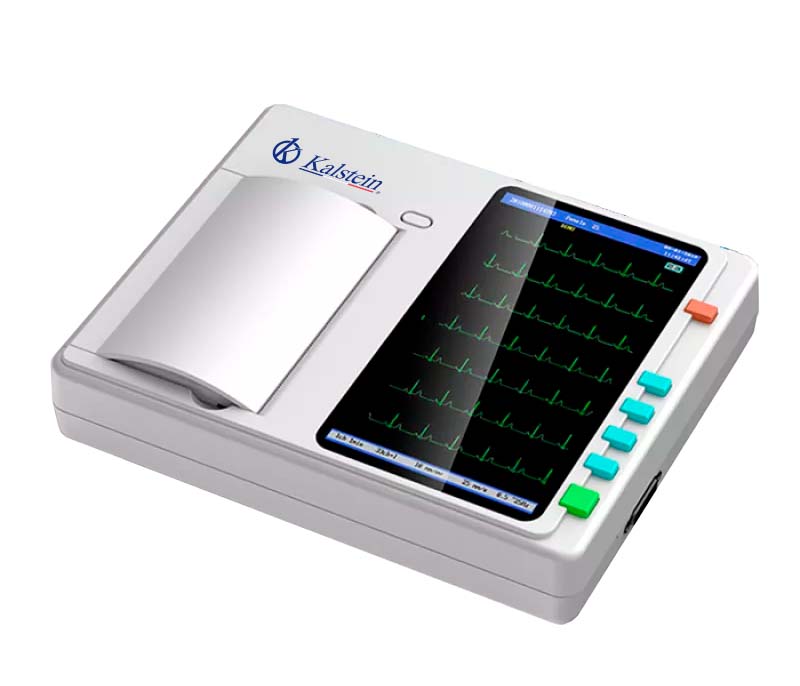The technological and medical innovations of the 21st century have enabled a significant increase in the efficacy of cardiovascular treatment. A prominent and far-reaching tool in this development is the electrocardiograph (ECG), a device used to record the electrical activity of the heart and provide an accurate diagnosis to physicians.
This medical equipment works by measuring and revealing abnormalities in the heart’s electrical activity, which is caused by the flow of ions through ion channels in cardiac cells. An ECG effectively converts these ion flows into a graphical plot, revealing a wealth of information that can be used to identify various heart problems, from coronary heart disease to arrhythmias.
The Specific Benefits of Electrocardiographs in Cardiac Care Units
The use of electrocardiographs in cardiac care units has been monumental in terms of improving patient management and care. A vital aspect of this improvement centers on providing physicians with a deep and rapid understanding of the patient’s cardiac situation. This enables physicians and nurses to make accurate, data-driven decisions, thereby improving diagnostic efficiency and reducing emergency response time.
In addition, due to its noninvasive nature, patients can be kept comfortable during the process of taking ECG readings, which can be a crucial factor in situations where the patient’s mental state can negatively impact their physical condition.
Improving the Patient Care Process Through Cardiovascular Telemetry
The electrocardiograph also plays a crucial role in remote patient monitoring, also known as cardiovascular telemetry. This provides physicians and nurses with the ability to monitor the cardiac status of patients without interruption, allowing for rapid response in the event of any worrisome changes in the heart.
This is especially beneficial in cardiac care units where patients’ status can change rapidly and need immediate attention. Through telemetry, additional complications can be avoided and patient outcomes improved.
Long-Term Effects of Electrocardiographs in Cardiac Care
The use of electrocardiographs not only allows for effective short-term diagnosis and treatment, but can also provide physicians with a detailed view of a patient’s long-term cardiac health. The long-term patterns revealed by ECG readings allow physicians to anticipate potential problems and plan appropriate treatments, thus greatly improving the quality of life of cardiac patients.
Finally, the availability of this ECG data also enables medical researchers to explore new treatments and methodologies by providing rich and effective clinical data that can promote continued innovation and advances in cardiac care.
Kalstein Solutions
In summary, the implementation of ECGs in cardiac care units is a remarkable step toward providing high-quality patient care. This advanced monitoring technology not only enables fast and accurate diagnoses, but also provides a long-term view of patients’ cardiac health-a combination that places electrocardiographs in a central position in the future of cardiac care.
We at Kalstein have YR models that perfectly meet the needs of efficiency and effectiveness of your medical center, know our equipment HERE, we assure you not only a quality equipment but the best price in the market, and we guarantee a safe purchase, where the technical team and other advisors will answer your questions.

